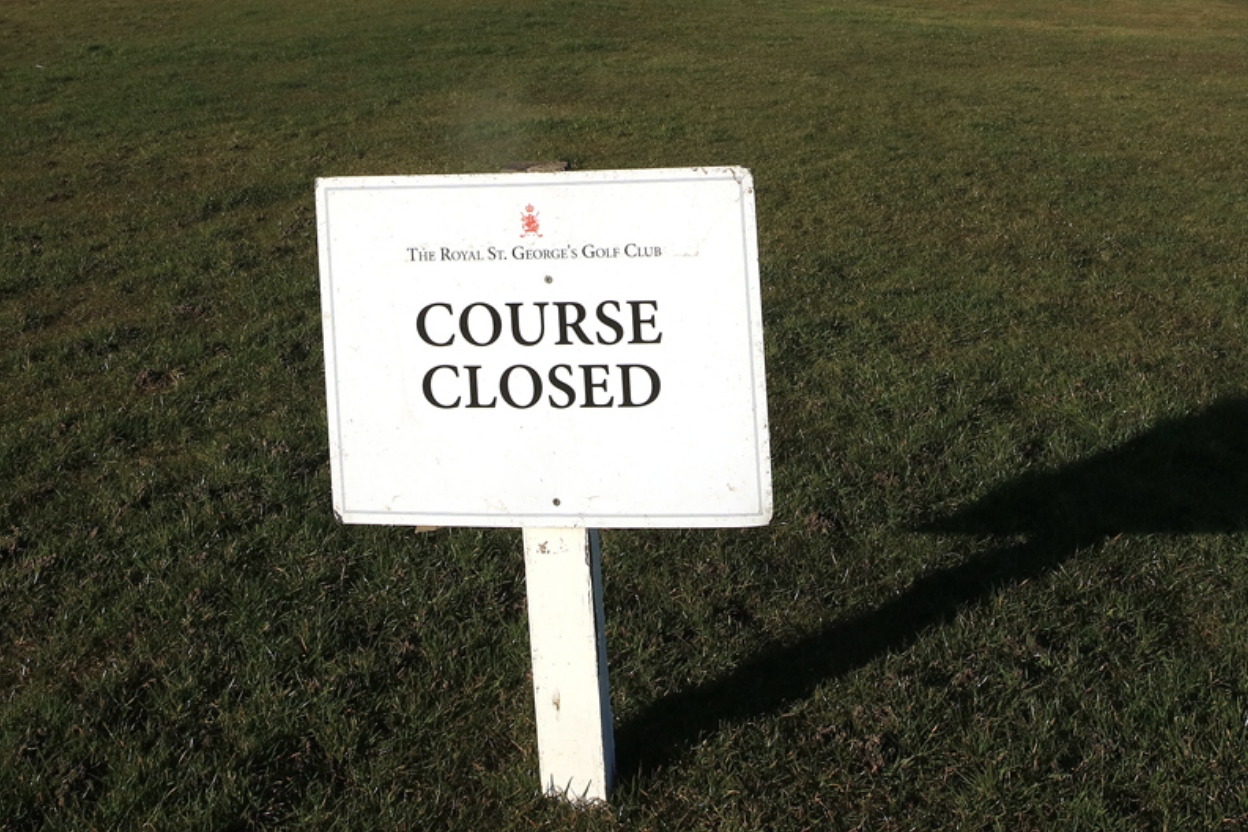Golf Take Note: NASCAR's 90-Minute iRacing Series Yields Ideas For Major Change
/The LA Times’ venerable sports business writer David Wharton considers NASCAR’s return Sunday—an hour after live golf begins at Seminole—and the recent iRacing invitational series’ impact. (For those from a more experienced demographic, that’s the video game deal.)
While golf was not able to muster up anything like the iRacing series due to various issues and a concern about perception, Wharton notes that NASCAR’s continued concerns about fandom remains a major focus. As noted here, they’ve already instituted efforts to make the racing more strategic again by slowing down cars and ratings have improved.
But post iRacing, they reported attracting new fans who had not watched a real race. The length of races and an open mind to more variety of track settings in a fan-free world, was also noticed.
The success of the 90-minute iRacing broadcasts has reinforced an already existing push for shorter Cup Series events.
“I don’t think we need all those four-hour races,” said Myers, a long-time motorsports fan. “It’s hard to ask a family guy to carve out that much time on a Sunday.”
Shifting away from traditional, oval tracks — at least some of the time — could counteract NASCAR’s reputation as a “left-turn league.”
More road courses, popular in the past, could help. So could the occasional dirt track and street circuits akin to the Long Beach Grand Prix. NASCAR has planned a first-ever doubleheader with IndyCar later in the year.
“It really is about the fans,” NASCAR president Steve Phelps said recently. “We need to make sure we are putting on compelling racing and having full grandstands when we do that.”
Another thing about the iRacing series — it helped personalize a sport born of moonshine runners and larger-than-life personas. Fans saw drivers’ faces normally obscured by helmets and window nets. They listened to favorites talk strategy and crack jokes.
Wharton goes on to note other elements, but should NASCAR put into practice shorter races and more variety of approaches, the lessons for golf could be both tangible and backed up with real data.
Just off the top of my head, the upcoming exhibitions at Seminole and Medalist probably should have been nine holes, and without large gatherings of fans, might the professional game reemerge looking at more “boutique” or remote venues for tournaments?




























